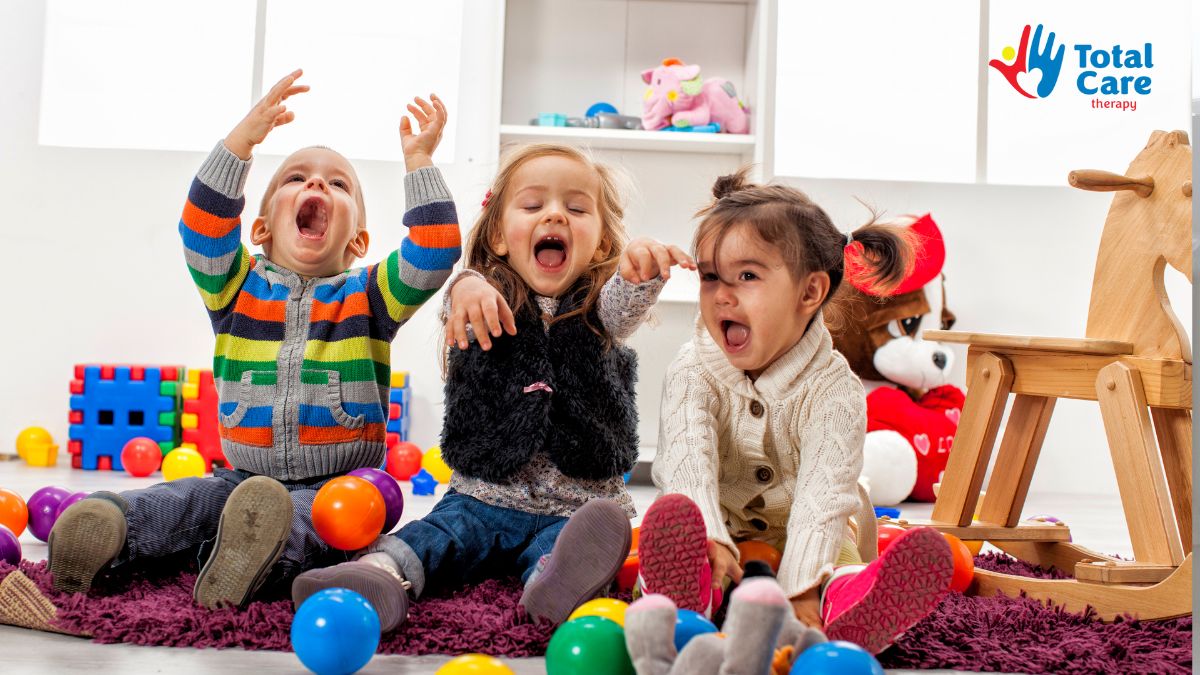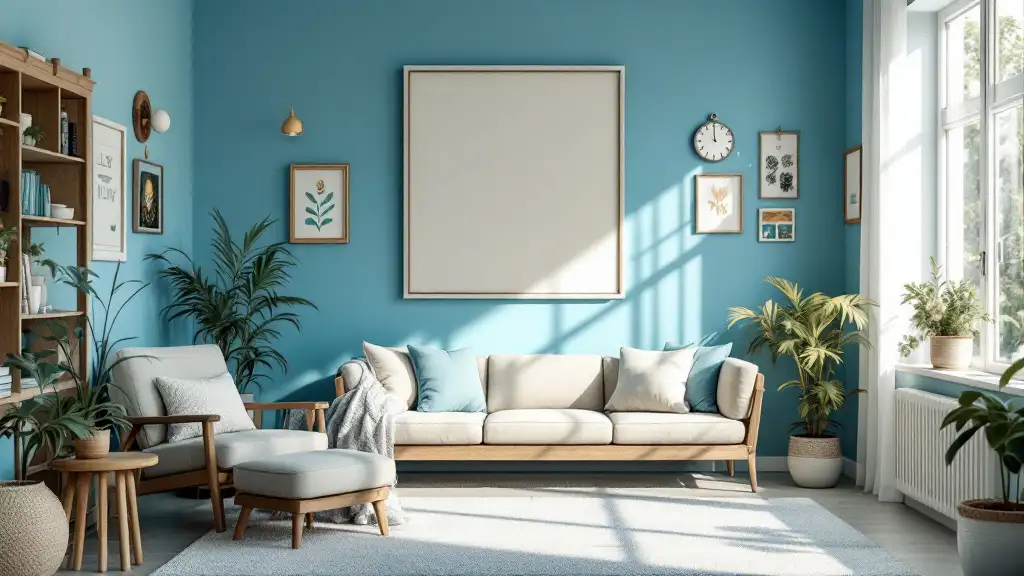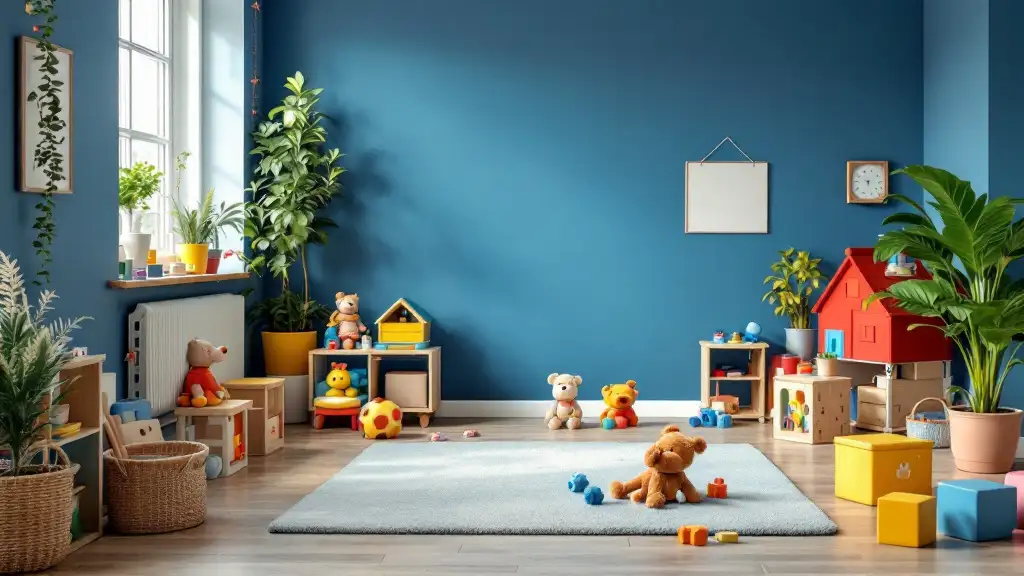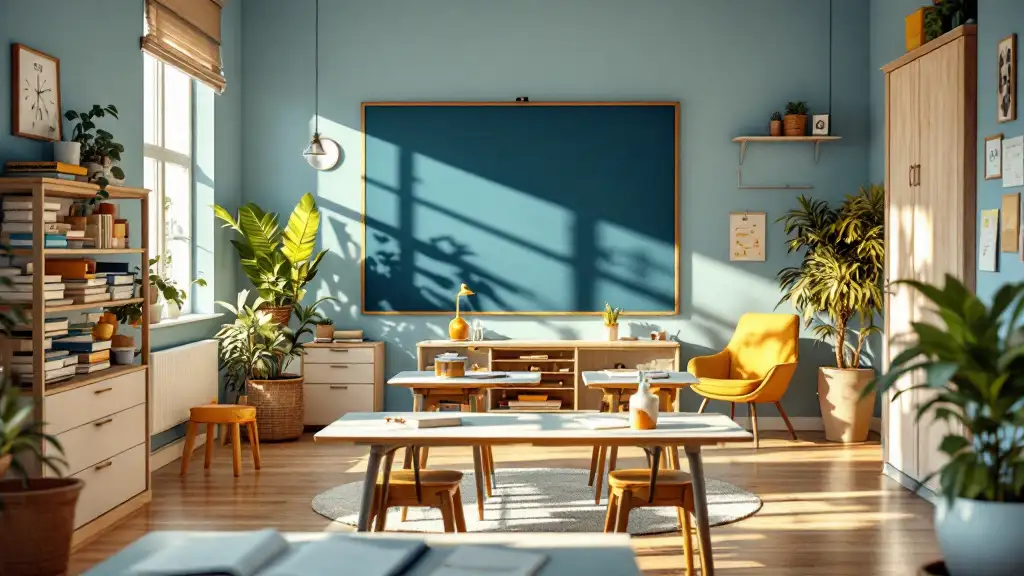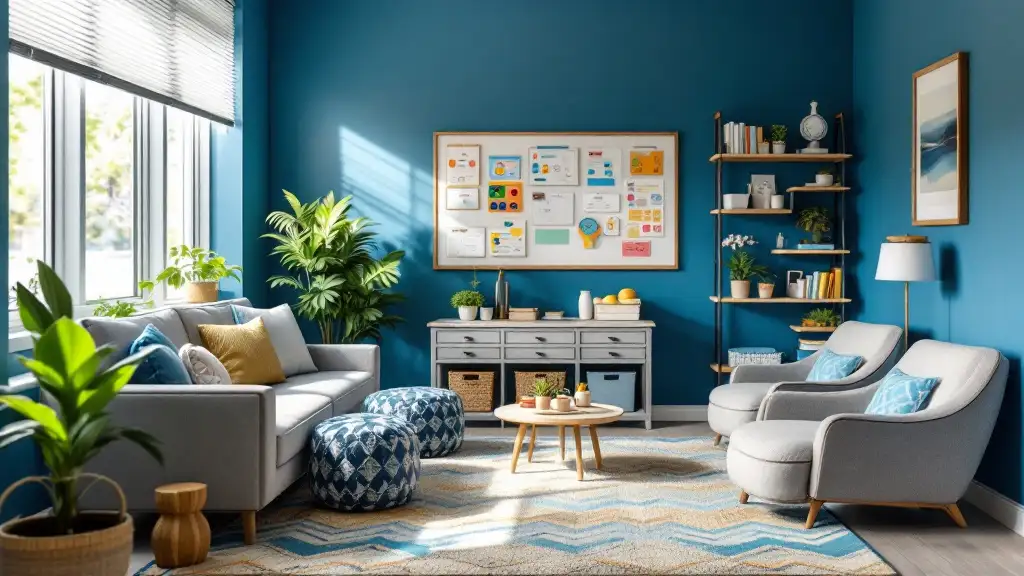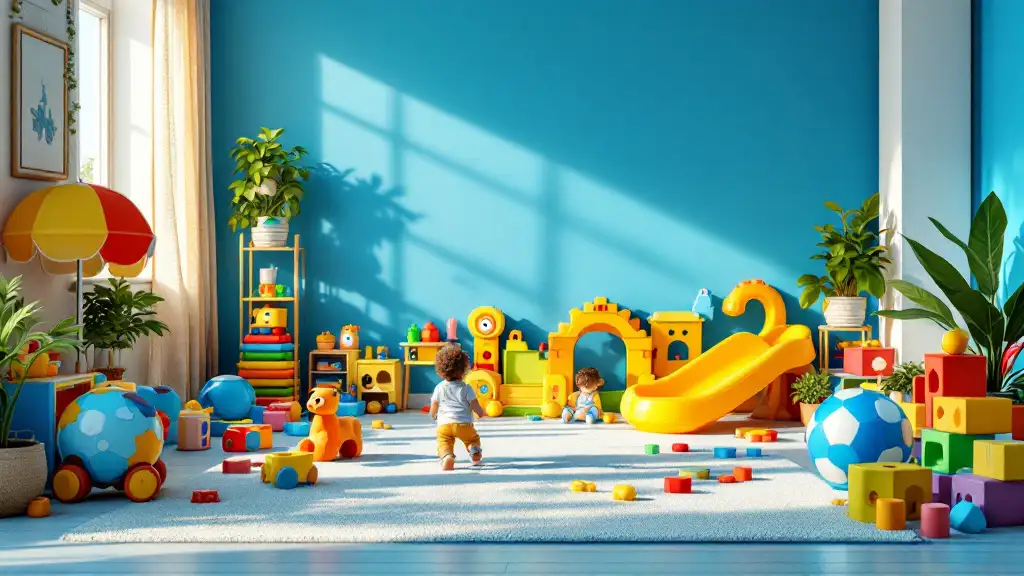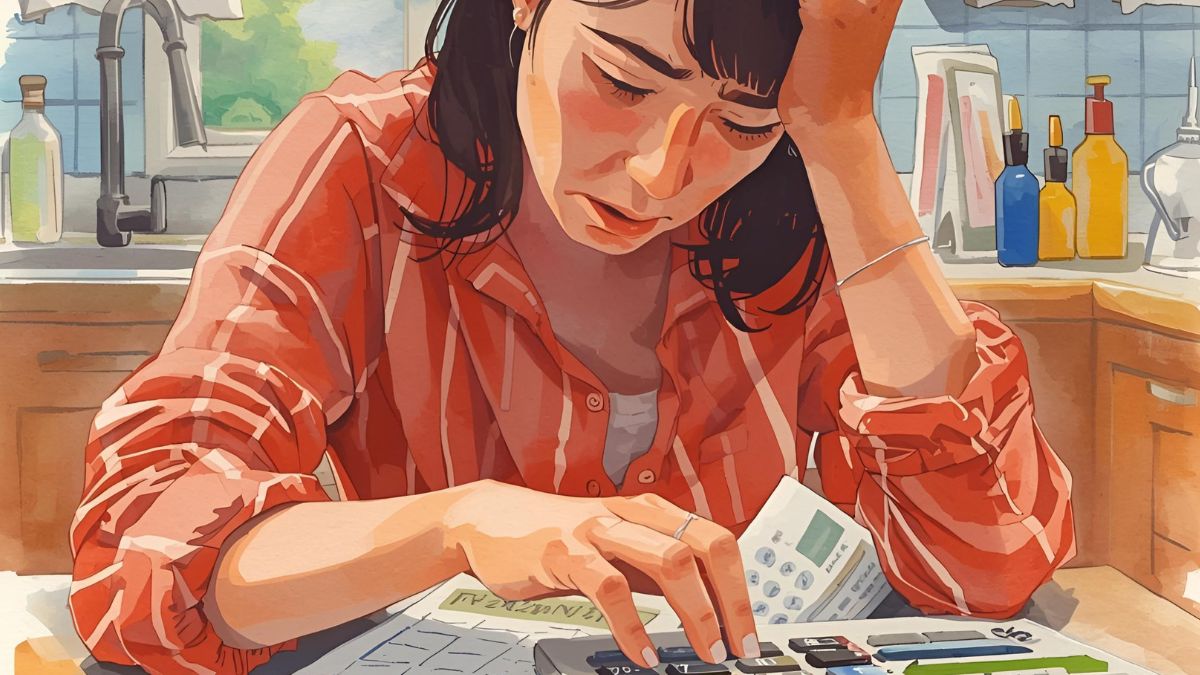In Home ABA Setup That Works: Apartment-Friendly Solutions for Families
Transform daily routines with an in home ABA setup that fits small apartments. Create zones, build habits, and guide progress through simple parent-led steps.

Key Points:
- An in home ABA setup works in apartments by using portable zones, short routines, and household items.
- Families build progress with daily 15-minute practice, clear visuals, and parent-led strategies.
- Tools like rolling carts, token strips, and visual schedules boost learning without needing extra space or budget.
In home ABA setup can be effective in small apartments by creating simple learning zones, using affordable materials, and building short routines into everyday activities like meals, play, and bedtime. Parent coaching and therapist collaboration strengthen progress while keeping sessions consistent and stress low.
The plan uses simple zones and clear visuals. Parent-implemented strategies improve communication and behavior, so home routines drive progress between therapist visits.
Apartment Game Plan: Start Small, Keep It Daily
A working in home ABA setup does not require a spare room or a big budget. Progress comes from tight routines, clear visual cues, and repetition across real tasks like meals, dressing, and play.
Many families feel unsure about the scale of need, which is why parent resources help you act between visits. A recent national estimate reports that about 1 in 36 children are identified with autism, which means local demand for services and home coaching stays high; a home plan helps you act between visits.
Use the following to set intent and rhythm:
- Pick a daily 15-minute window for table work and a second window for naturalistic practice.
- Choose one motivator per skill (favorite snack, song, or toy) and keep it exclusive to practice.
- Log two numbers only: trials completed and independent responses.
When routines make sense, in-home ABA therapy by parents feels doable. Short sessions reduce resistance, protect your energy, and keep reinforcement crisp.
Smart Zoning for Small Spaces: One Cart, Two Mats, Three Cues
Apartments offer limited square footage, so make zones portable. One rolling cart can carry materials for discrete-trial work, naturalistic play, and self-care practice. Two interlocking foam mats define a clear “work” square and a “play” square. Three visual cues, such as a first-then board, a token strip, and a finish bin, signal what happens now and what happens next.
Build function into furniture and routine:
- Table corner for fine-motor tasks, turn-taking, and early matching. Add a small timer and a token strip.
- Rug area for imitation, movement breaks, and life skills activities that mix gross motor with simple language model.
- Kitchen counter for snack prep, utensil use, and following one- to two-step instructions.
Lean on free ABA activities when budgets are tight. Apartment zoning works when cleanup takes under five minutes and storage returns to the cart.
Sensory and Sleep: Calmer Nights, Stronger Days
Sleep drives learning and behavior. Research shows 50–80% of children on the spectrum have sleep problems, which affects attention and daytime regulation; a small change in bedtime routine can improve morning sessions.
Create a sensory-smart bedroom with weighted blankets and apartment-friendly tweaks:
- Blackout film or clip-on blackout curtains to reduce early-morning light.
- White-noise machine or fan to buffer hallway sounds; apartment walls can carry noise.
- Consistent sleep hygiene sequence using a first-then card and one calming activity (books over screens).
Practice communication requests at wake-up (“help,” “more,” “all done”) and self-care chains like toothbrushing with a visual strip. Keep ABA printable materials simple: picture schedules, token boards, and a single “finished” icon.
Safety in Apartments: Doors, Windows, and Community Eyes
Safety planning belongs in every apartment-based program. Studies report that nearly half of children on the spectrum have attempted to wander from a safe setting, which raises risk near streets, stairwells, and pools common to multi-unit housing.
Turn safety into simple, teachable steps using these autism and safety tips at home:
- Install portable door and window alarms; use vibration alarms for sliding doors.
- Place a stop sign visual at exits; rehearse “stop, touch, wait” as a micro-routine.
- Teach name response and a simple ID routine: point to name tag or bracelet when asked.
Use neighbors as allies. Share a brief note with the front desk or building manager about your child’s tendency to exit quickly and the best way to help. Keep emergency info on the fridge and phone.
When you browse autism therapy resources, look for guides on elopement response rehearsals that fit apartment layouts, like short hallways, elevator lobbies, and shared mailrooms.
Parent-Led Practice and Clear Roles
Parent practice turns hours at home into progress. Aim for one skill per routine and one new step per week. Use an easy coaching loop: watch the model, try for one minute, pause, and revise.
Partnership with your ABA therapist or RBT thrives on clarity:
- Share three short videos each week: one success, one struggle, and one routine.
- Ask for a micro-plan: antecedent tweaks, prompts, reinforcement, and generalization step.
- Track data with check boxes instead of tallies when energy runs low.
Families often ask how to explain ABA to parents or grandparents who help at home. Use one sentence: “We are teaching small steps, we praise the right response, and we practice that step during our routine.” Share a two-line plan on the fridge so helpers know the cue, the response, and the reward.
When you coordinate schedules, note when you are working as a Registered Behavior Technician in your own home role. This mindset keeps everyone on the same page without turning the apartment into a clinic.
Materials, Storage, and Budget
A small, well-stocked kit beats a crowded shelf. Keep one pencil box per target area. Label each box with a picture and the goal. Reuse household items, such as clipping clothespins to a card for pincer practice and dropping pompoms into spice jars for hand strength.
Stretch costs with printable supports and recycled materials:
- Picture cards from product packaging or store flyers; tape to index cards.
- Clear sheet protectors instead of laminating everything.
- One small bin for rotating items; novelty drives engagement.
When you search ABA therapy resources, focus on practical, step-by-step guides for prompting and reinforcement. Add autism ABA resources that explain generalization across rooms and routines.
Save digital files in a single cloud folder with short names: “toothbrush-3-steps,” “request-help-2-pics,” and “clean-up-tokens-5.” Simplicity reduces setup time, which protects consistency when days get busy.
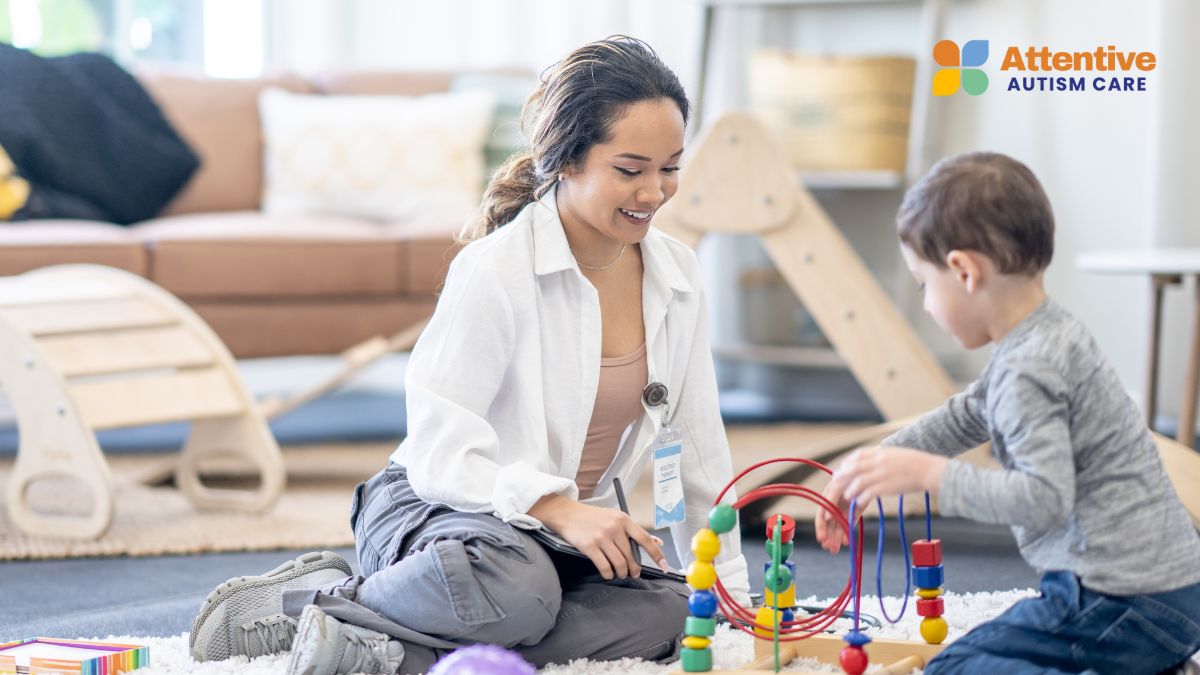
What Activities Fit Apartments
Apartments reward activities that need little space and reset quickly. Mix table tasks with movement to balance attention and sensory needs. Keep each activity under five minutes, then rotate.
Useful apartment-friendly ideas:
- Request game at the fridge: place favorite snacks in clear bins, practice “open,” “help,” and “more.”
- Laundry sorting race: match socks by color or size, then deliver to drawers.
- Imitation on a mat: clap, tap, stomp, jump, then copy one new action.
Drop in one new play routine each week. Use simple language and model gestures. Build short turn-taking games that grow into group play at the park. When you need inspiration, skim autism apps for children and guides that use household items.
If you need new printouts, bookmark a folder for ABA printable materials and keep masters ready so you can reprint after spills. For families on tight budgets, many sites curate free ABA activities you can adjust to your child’s interests and your space.
From Clinic to Apartment: Transfer What Works
Clinic programs often run in quiet rooms with tidy tables. Apartments bring echoes from hallways, cramped nooks, and multiple caregivers.
Pull fresh tips from ABA clinic ideas but adapt them:
- Token systems shrink to a three-star strip on the fridge.
- Social stories print to quarter-page cards on a ring.
- Sensory supports scale down to a small fidget box and a movement break list.
Generalize to real life. Practice requesting in the building lobby, tolerating elevator doors, and waiting by the mailbox. Ten-second wins compound into bigger changes when tied to your visuals and ABA progress milestones used across rooms.
Tools and Tech: Telehealth, Timers, and Tiny Tripods
Telehealth coaching helps many apartment-based programs. Keep a low-profile phone tripod near your work mat and a small ring light if your unit runs dim. Record one-minute clips during real routines.
Keep tech choices simple:
- Visual-timer apps for transitions; mount the phone where your child can see it.
- Low-cost white-noise app for sleep and for short sensory breaks.
- Shared cloud folder for quick video uploads and notes.
Track what works and remove what clutters. The goal is smooth practice, not a gear collection. When you browse autism therapy resources, filter for clear checklists and quick-start guides you can open during a session rather than long manuals.
Resource Map for Families: Printables, Guides, and Support
Quality guides save time. Build a short “resource stack” you can share with caregivers and teachers. Include one visual schedule, one token board, one reinforcement menu, and one ABC data sheet.
What to include and how to use it:
- Visual schedule with three slots; update pictures as routines change.
- Reinforcement menu with photos of actual toys and snacks in your home.
- ABC sheet with check boxes for the most common antecedents and outcomes.
Curate the links you trust. Combine ABA therapy resources that teach prompting with those that focus on generalization of skills at home and in the community for individuals with autism. Add one page that explains the model to new helpers, and keep language brief and practical.
Build Understanding: Simple Ways to Explain Your Program
When you teach new helpers, explain the logic in one minute. Short demonstrations beat long lectures:
“We ask a small thing. We show how. We reward the try. We practice until it becomes easy. We use the same words and pictures every time.”
Helpful tips on how to explain ABA to parents and caregivers:
- Show the first-then board and run one step.
- Explain what reward you are saving for correct responses today.
- Point out the fade plan so prompts reduce over time.
Invite feedback and note what feels hard. Make one change per week and give it time to work. A clear script keeps your apartment routine steady even when the day feels unpredictable.
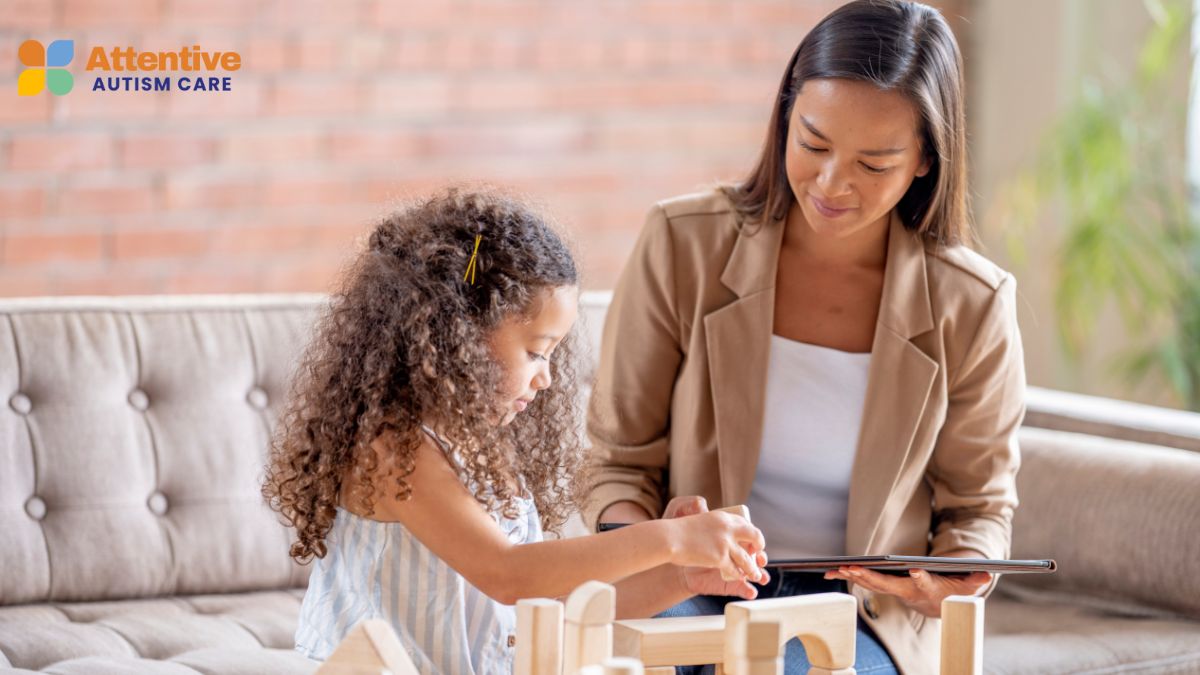
Frequently Asked Questions
How to implement ABA therapy at home?
Implement ABA therapy at home by following a BCBA-led plan that sets 1–2 clear goals, defines observable targets, and uses simple data sheets. Parents apply visual schedules, prompts, and immediate reinforcement in daily routines. Frequent short practice builds skills, while weekly coaching reviews progress and adjusts strategies.
Which technique is most commonly used in behavior therapy?
Positive reinforcement is the most commonly used technique in behavior therapy. It increases desired behaviors by delivering rewards immediately after they occur. Clinicians use it through token systems, shaping, and differential reinforcement, supported by clear schedules. Research consistently identifies it as the core method in behavior modification.
How many hours is in home ABA?
In-home ABA therapy typically ranges from 20 to 40 hours per week for intensive programs. The American Academy of Pediatrics recommends about 25 hours weekly of structured intervention for young children. Final dosage depends on goals, individual needs, and treatment progress over time.
Build a Simple Plan for Lasting ABA Success at Home
Practical home routines turn small apartments into learning spaces. Short sessions, clear visuals, and targeted safety steps let families build skills in the rooms they use every day.
If you want structured help to run an in home ABA setup, consider autism therapy services in Colorado, Utah, North Carolina, Maryland, New Mexico, and Nebraska to pair home practice with steady coaching. At Attentive Autism Care, our team focuses on parent-led routines that transfer skills to everyday life and reduce stress in tight quarters.
Families who start with one clear goal, one matching routine, and one positive motivator often see progress faster than expected. Reach out to discuss a simple plan, set up a first month of coaching, and learn what a focused apartment routine can do for your week.


































































